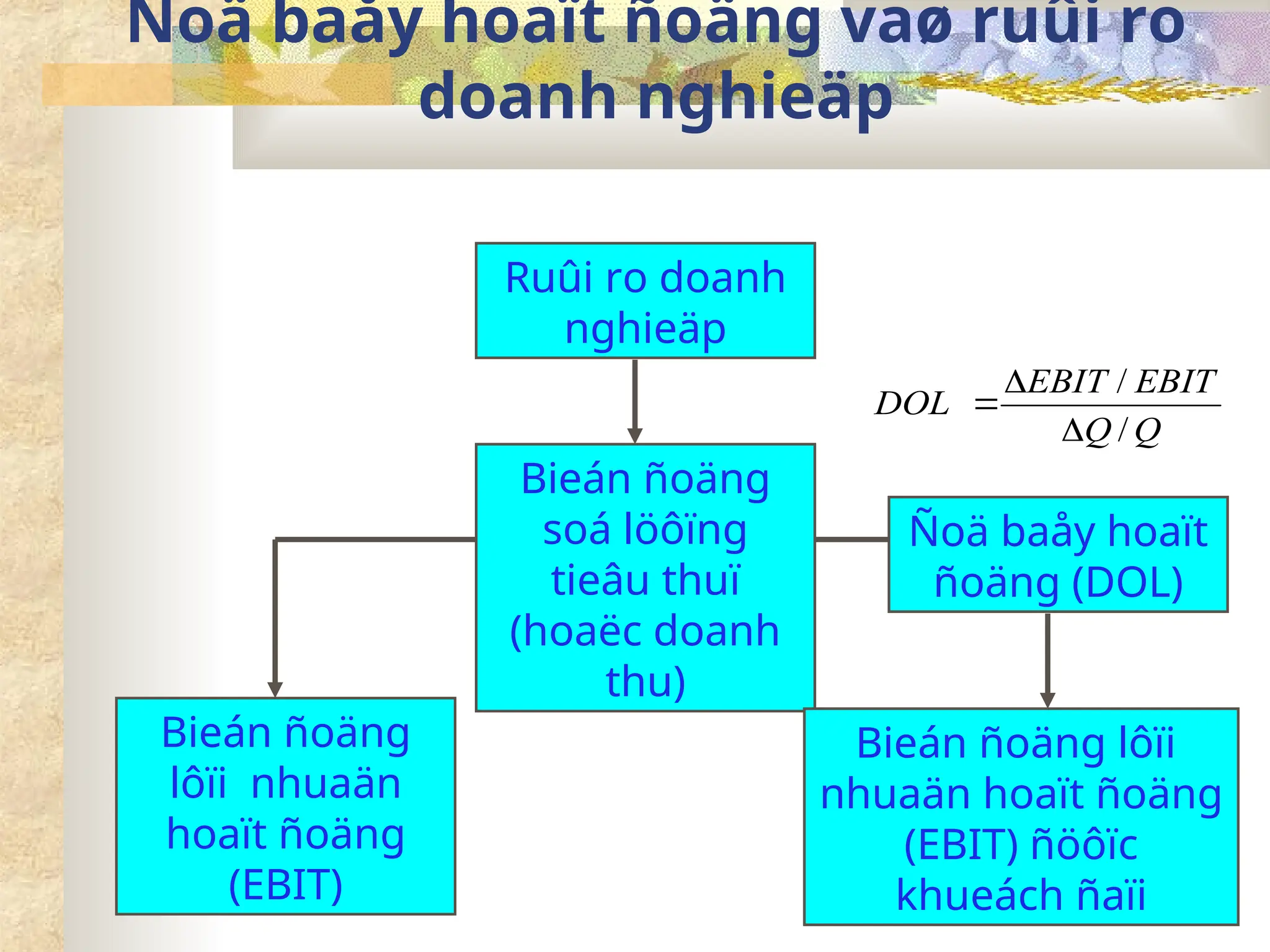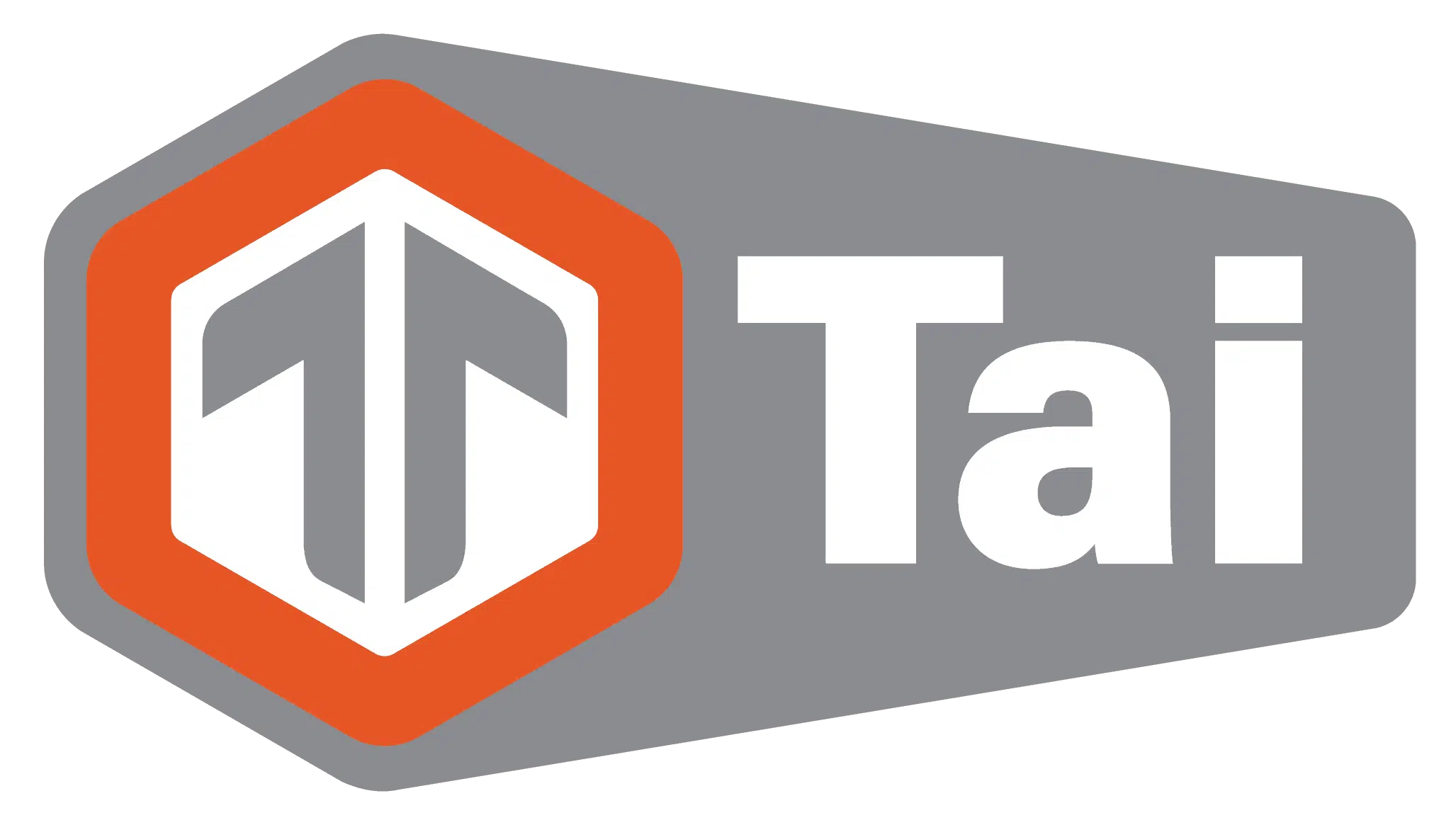Your body functioning well on the outside is a good sign that all is in order on the inside too. Improving our blood circulation can also be beneficial to the immune system. This is especially important as we work to fight off viruses, diseases, and the common cold.
Free Healthbeat Signup
The findings indicated that regular tai chi practice significantly reduced stress, anxiety and depression, while also enhancing mood among both healthy individuals and those with chronic conditions. His interest in the internal martial arts began after traveling in India and Nepal, and he has since traveled to China to train. Scott has published over 100 articles on tai chi with a focus on research showing the benefits of practicing. Tai chi (chuan) is a Chinese martial art that combines slow movements, deep breathing, and a meditative state. Research continues to show that tai chi elicits a relaxation response and promotes physical health, healing, and mental well-being. Tai Chi, an ancient Chinese practice combining meditation, gentle movements, and deep breathing, has gained significant attention for its potential to reduce pain.
Risks and Precautions
Instructors can’t physically adjust your posture or feel the tension in your shoulders. Subtle energy work remains largely theoretical without hands-on guidance. Your home tai chi setup costs less than a single month at most fitness studios. A 6×6 foot area provides adequate space for basic forms, though 8×8 feet works better for longer sequences.
- This energy has expansive opening buoyancy similar to after you pushing into a large ball you will soon experience its returning force.
- Tai chi is taught in studios all over the United States and other countries.
- As with learning to play an instrument, the more time you put into tai chi, the more you’ll get out of it.
- Sitting tall, hinge forward at the hips, reaching your hands towards your feet or ankles.
- Tai chi (also spelled taijiquan) is an ancient Chinese martial art that combines slow, flowing movements with deep breathing and meditation.
- Health-focused learners have different requirements than martial arts enthusiasts, and mixing up these priorities leads to frustration and abandoned practice.
{
|}{
|}
{
|}
Learning to spot the difference protects you from wasting time on questionable instruction. One-on-one instruction excels at correcting subtle postural issues that video courses miss entirely. Your tutor can spot tension in your shoulders, improper weight distribution, or breathing problems that would persist unnoticed in self-directed practice. This real-time correction prevents bad habits from becoming deeply ingrained muscle memory. Private tutoring platforms transform your living room into a personal dojo with live instruction tailored specifically to your learning style and goals.
Improves COPD symptoms

Yet sometimes, we notice that traditional exercises, like bike riding, climbing stairs, or jumping rope, may not be the most effective choices. Occasionally, we just need to try something new, and the answer to https://en.wikipedia.org/wiki/MadMuscles our problems could be tai chi. All it takes is an open mind to learn about something new and give a tai chi workout a try.
Reviews
{ |}
|}
Competition credentials indicate technical knowledge rather than pedagogical ability. We begin to lose our ability to balance after age 503, Olmsted points out. Tai Chi is even acceptable for those with little or no athletic background.
{ |}
|}
YouTube hosts thousands of tai chi videos, but many lack proper progression or authentic technique. Subscription services promise comprehensive curricula, yet some deliver recycled content with hefty price tags. Free trials abound, though they often serve as expensive appetizers to premium programs. Your muscles should be loose and relaxed throughout the practice, but you shouldn’t let your posture fall to the wayside. Remember, Tai Chi looks a lot like slow dancing, and that requires a strong, upright posture. Professional ballroom dancers don’t perform slouched over, and neither do Tai Chi practitioners, says Tsao.
{
How to Practice Tai Chi for Beginners
|}

Tai chi chuan (taijiquan) translates as “Grand Ultimate Fist (or Boxing)” – a martial art based on the balance of complementary forces called Yin and Yang. Within months, she noticed she was more steady on her feet, sleeping soundly, and better able to manage stress. That mix of physical exercise and mental focus gave her a fresh sense of calm and confidence, improving her daily life. If a person has Medicare Advantage, they can check if their plan includes SilverSneakers or other coverage for fitness programs. They can also check at community centers, senior centers, and gyms to find local tai chi classes.
Some stories claim that Zhang Sanfeng left his monastery to become a hermit, after which he created a form of fighting based on softness. A 2014 review of 13 small trials also showed inconclusive evidence to support the activity as a preventative measure against cardiovascular disease. To discover more evidence-based information and resources for healthy aging, visit our dedicated hub.
{
Integrate Mindfulness
|}
Older adults can also experience many other benefits from this type of exercise, including increased strength, improved mobility, better flexibility, and stronger immunity. A 2024 review suggests that practicing tai chi at a fixed time every day or week may help to improve sleep disorders, like insomnia, particularly in older adults. The review authors also found that a regular practice could improve overall quality of life.
Leave a Reply